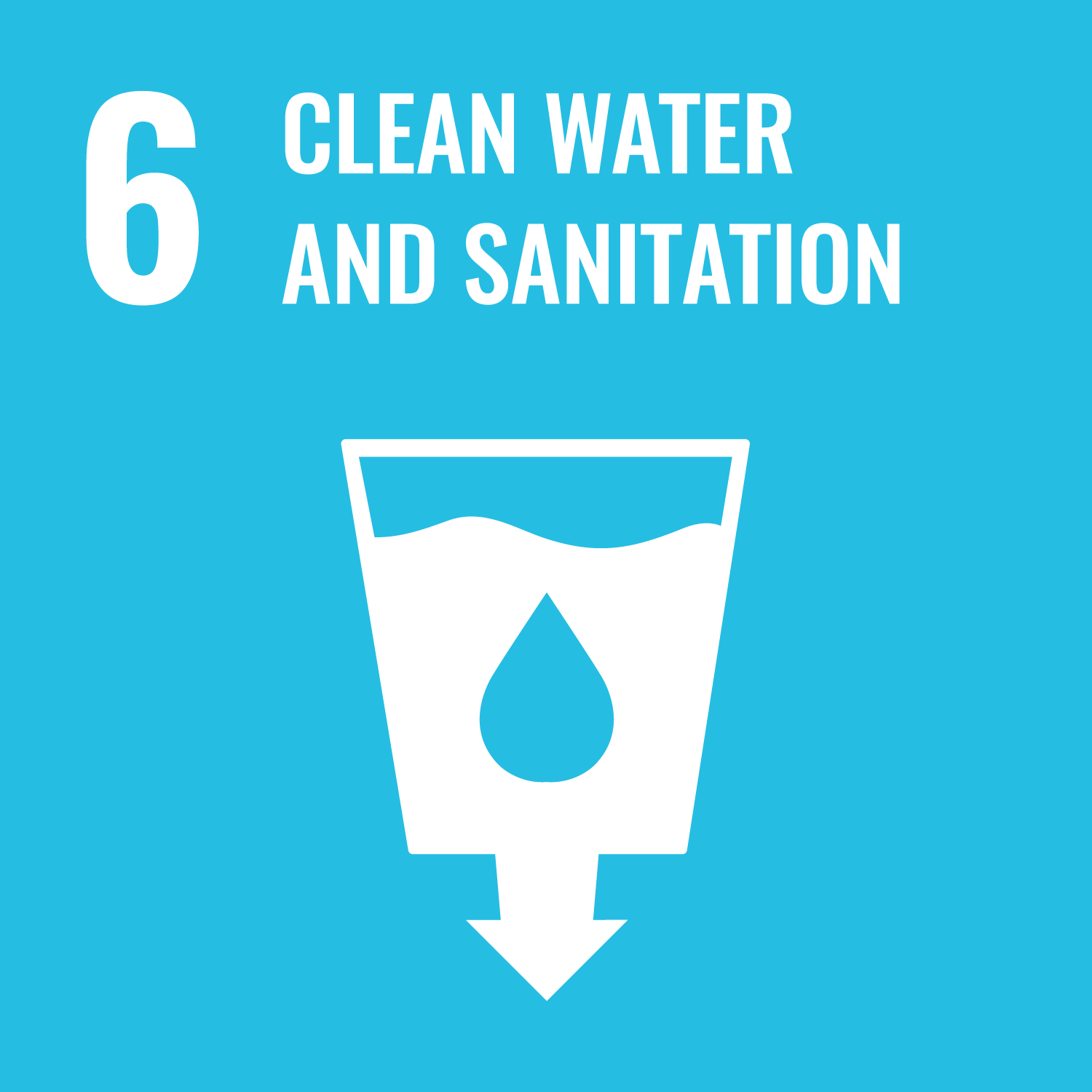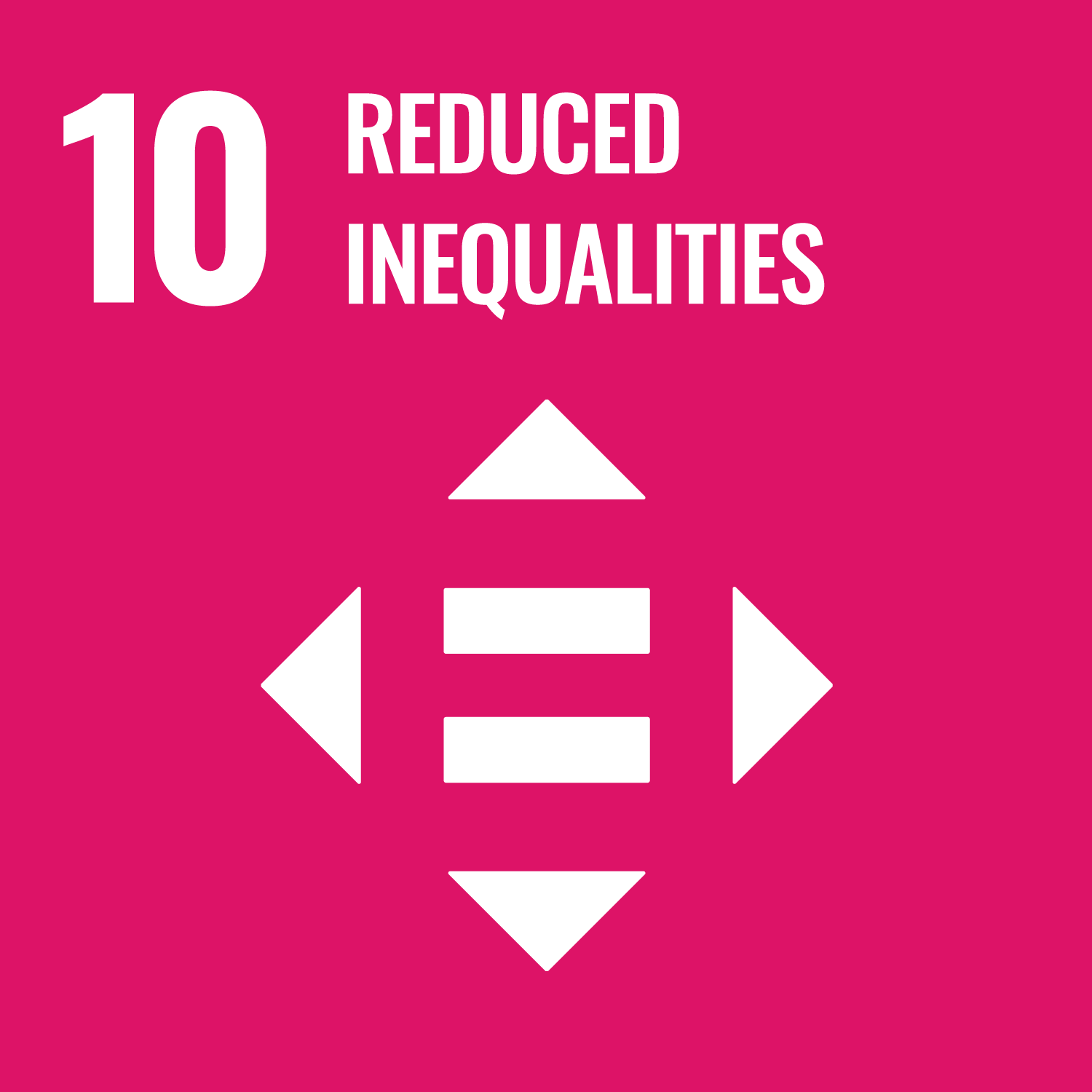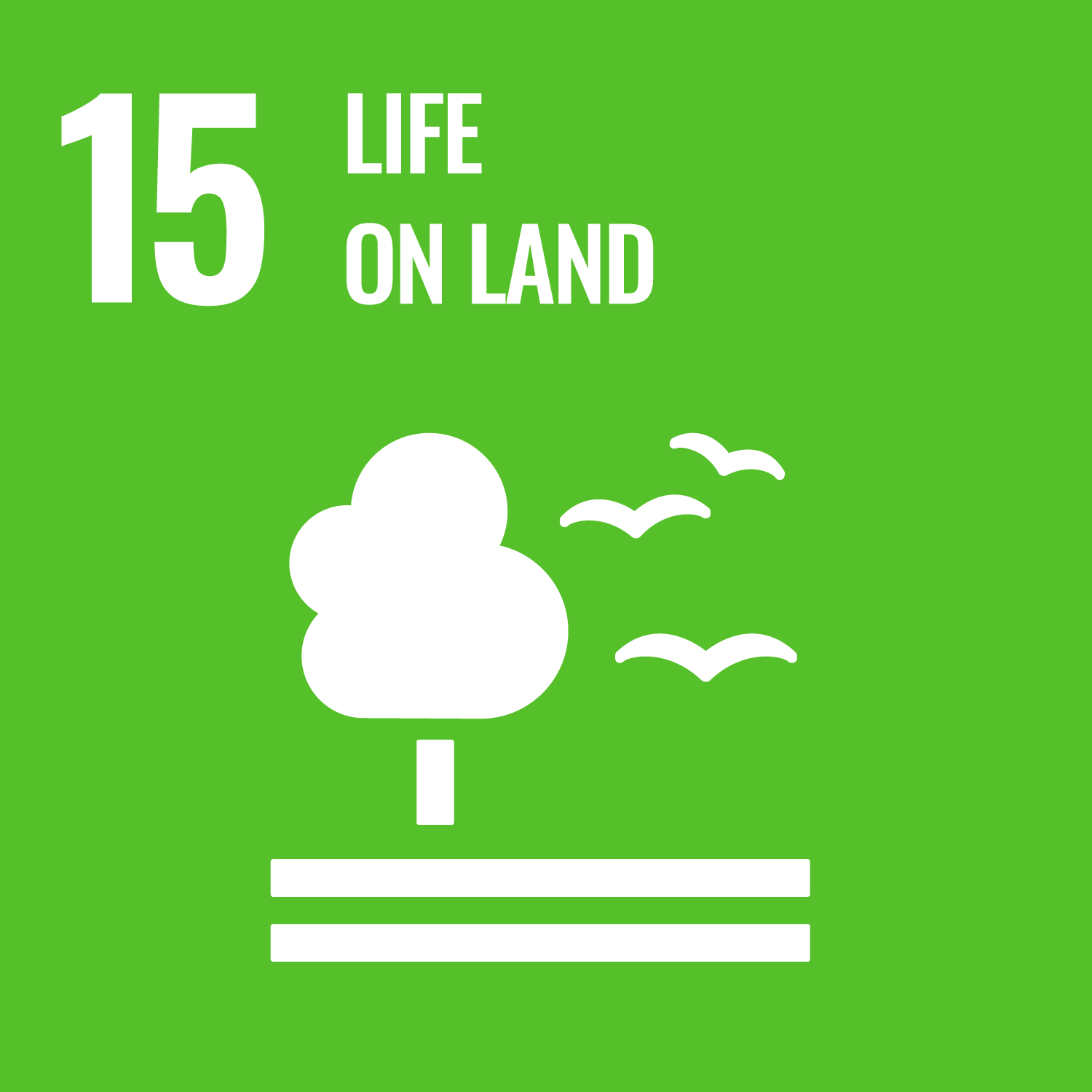土木分野に関する課題を発見し,その課題を解決する方法論の提案・検証・評価のサイクルを学びます.具体的には,土木工学および土木工学に関連する数学・力学・統計学・社会学などの知識にもとづいて,課題を発見し,課題を解決する方法論を提案し,実験装置・環境の構築やプログラミングなどにより方法論を検証し,精度検証・性能検証・アンケート調査などにより方法論を評価します.
土木分野に関する課題を発見し,その課題を解決する方法論の提案・検証・評価のサイクルを学ぶことで,土木技術者に求められる能力を育成します.育成する能力は,具体的に「技術者としての姿勢」「問題解決力」「構想力,問題設定力」,「文章作成力・対話力」,「自己学習力」を設定しています.
- 課題の背景を理解し,研究の意義を説明できる
- 専門知識を活用し,適切な実験や解析を行い,結論を出せる
- 課題を整理し,専門知識を活用し,課題に対する解決策を提示できる
- 論理的な技術文章を作成できる.自分の意見を正確に伝えると同時に,相手の意見を理解し適切に応答できる
- 自主的かつ継続的に学習し,学習結果を評価し,その評価をもとに,次の課題を設定できる
- 研究実施において期間内に行うべき計画を立案し,その計画に沿って研究を進めることができる
| 指導教員による評価 | Total. | |
|---|---|---|
| 1. | 25% | 25% |
| 2. | 10% | 10% |
| 3. | 10% | 10% |
| 4. | 35% | 35% |
| 5. | 10% | 10% |
| 6. | 10% | 10% |
| Total. | 100% | - |
指導教員による評価
- ゼミ活動(達成目標1:25%(技術者としての姿勢),達成目標2:10%(問題解決力),達成目標3:10%(構想力,問題設定力),達成目標4:35%(文章作成力・対話力),達成目標5:10%(自己学習力),達成目標6:10%(ゼミ活動))
(自分の研究および実験の実施や他学生の実験協力,アイデア創出の量と質,意見の量と質,他学生への助言,提出物の質などを含めるゼミ活動の内容を向上するゼミへの貢献度を軸として,上記「技術者としての姿勢」「問題解決力」「構想力,問題設定力」,「文章作成力・対話力」,「自己学習力」,「ゼミ活動」を評価する)
- ゼミ活動(達成目標1:25%(技術者としての姿勢),達成目標2:10%(問題解決力),達成目標3:10%(構想力,問題設定力),達成目標4:35%(文章作成力・対話力),達成目標5:10%(自己学習力),達成目標6:10%(ゼミ活動))
(自分の研究および実験の実施や他学生の実験協力,アイデア創出の量と質,意見の量と質,他学生への助言,提出物の質などを含めるゼミ活動の内容を向上するゼミへの貢献度を軸として,上記「技術者としての姿勢」「問題解決力」「構想力,問題設定力」,「文章作成力・対話力」,「自己学習力」,「ゼミ活動」を評価する)
Knowing the ground for peace of mind. To consider countermeasures in advance of disasters
A research goal is to enable future generations to inherit and develop infrastructure and environment through the management
and maintenance of geotechnical infrastructures in harmony with the natural environment.
(1) Enhancement of natural disaster countermeasures
We will pursue measures to cope with disasters that Japan is facing, such as large-scale earthquakes like the Great East Japan Earthquake, rising sea levels due to global warming, and violent weather events.
Specifically, we will create and develop geotechnical and social infrastructure structures that are strongly adapted to natural disasters.
(2) "Visualization" of ground disasters using simulation
Visualization of damage caused by ground disasters such as soft ground and liquefaction in Japan will be pursued through simulations.
This will make it possible to convey information on the causes of and countermeasures against ground disasters in an easy-to-understand manner.
(3) Mapping of ground disaster risks using AI systems
To identify the risk of ground liquefaction and subsidence in advance, a ground disaster risk map will be created using AI.
This mapping enables early prediction of the risk of future ground disasters and appropriate countermeasures.
(4) Detailed investigation of ground information
In order to accurately assess the risk of disasters such as liquefaction and subsidence, information within the ground is investigated in detail.
The information obtained through the use of AI systems can be used to formulate more specific and accurate geotechnical countermeasures.
Through these research activities, we will deepen our understanding of geo-disasters and pursue the realization of sustainable urban infrastructure and environments.
(1) Enhancement of natural disaster countermeasures
We will pursue measures to cope with disasters that Japan is facing, such as large-scale earthquakes like the Great East Japan Earthquake, rising sea levels due to global warming, and violent weather events.
Specifically, we will create and develop geotechnical and social infrastructure structures that are strongly adapted to natural disasters.
(2) "Visualization" of ground disasters using simulation
Visualization of damage caused by ground disasters such as soft ground and liquefaction in Japan will be pursued through simulations.
This will make it possible to convey information on the causes of and countermeasures against ground disasters in an easy-to-understand manner.
(3) Mapping of ground disaster risks using AI systems
To identify the risk of ground liquefaction and subsidence in advance, a ground disaster risk map will be created using AI.
This mapping enables early prediction of the risk of future ground disasters and appropriate countermeasures.
(4) Detailed investigation of ground information
In order to accurately assess the risk of disasters such as liquefaction and subsidence, information within the ground is investigated in detail.
The information obtained through the use of AI systems can be used to formulate more specific and accurate geotechnical countermeasures.
Through these research activities, we will deepen our understanding of geo-disasters and pursue the realization of sustainable urban infrastructure and environments.
| ways of feedback | specific contents about "Other" |
|---|---|
| 授業内と授業外でフィードバックを行います。 |
Regionally-oriented graduation thesis, master's thesis and doctoral dissertation
- Course that cultivates an ability for utilizing knowledge
- Course that cultivates a basic interpersonal skills
- Course that cultivates a basic self-management skills
- Course that cultivates a basic problem-solving skills
| Work experience | Work experience and relevance to the course content if applicable |
|---|---|
| N/A | 該当しない |









- 1.NO POVERTY
- 6.CLEAN WATER AND SANITATION
- 9.INDUSTRY, INNOVATION AND INFRASTRUCTURE
- 10.REDUCED INEQUALITIES
- 11.SUSTAINABLE CITIES AND COMMUNITIES
- 12.RESPONSIBLE CONSUMPTION & PRODUCTION
- 13.CLIMATE ACTION
- 14.LIFE BELOW WATER
- 15.LIFE ON LAND
Last modified : Fri Jun 28 15:32:36 JST 2024
